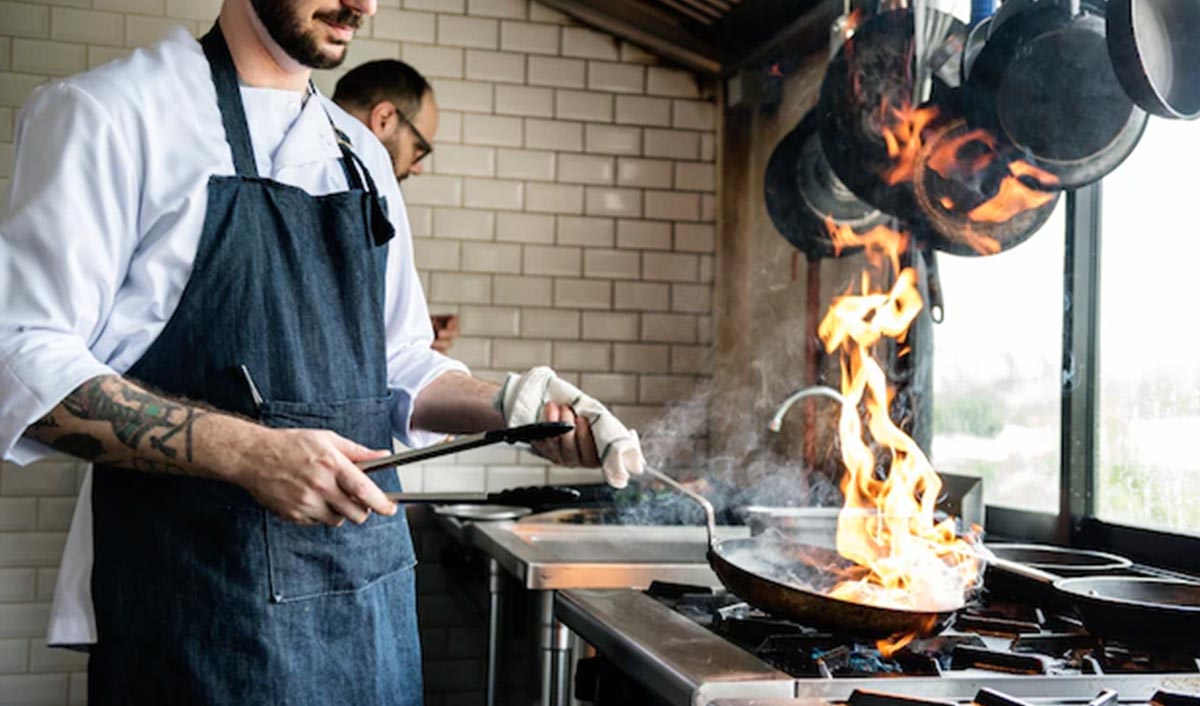
In the era of everything ‘Instant’ from noodles to coffees to ready-to-eat meals, a common trait that displays all is the decreasing patient factor of consumers. In the restaurant world, how quickly they can churn out an order plays an important role in their finance, even the ratings. While the dine-in restaurants may excuse the timing in exchange for the ambience they offer, it may not be of any help with cloud kitchens and QSRs.
Aggregators nowadays have started keeping a check on restaurants' Kitchen Preparation Time (famously known as KPT) while suggesting them to keep it low for better brand loyalty. But for chains who are preparing everything from fresh, keeping the KPT low may sound ethically wrong to them. But unfortunately, that’s the need of the hour.
For aggregators like Zomato, from the moment a customer opens the app until their food arrives at their doorstep, it is important for them to provide accurate information on when their food will be delivered. Giving a higher than actual time estimate can deter customers from ordering as does estimate lower than actual delivery time, which can then increase inflow to the customer support. Hence an accurate time estimation not only results in a better customer experience but can also reduce the burden on their customer support teams.
“As the pandemic changed businesses and online food orders soared, it dawned on me how significant and imperative it was to have a low and tightly watched KPT in our kitchens for not just delivery orders but also for take-away and dine-in orders. A lower KPT leads to better guest satisfaction, and service speed and eases work in kitchens and at the packing counter for our teams,” Varun Behl founder of Kebabs & Curries Company commented.
For his restaurant and kitchen operations at this point, the whole team is focused on delivering orders out of the outlet at the quickest and earliest. “Just to put things in perspective due to these changes that we did our KPT went down from 25 minutes to 12 minutes. A massive reduction of 13 minutes per food order. All in all, our guests were receiving their orders 13 to 15 minutes faster than before and in the world of competitive food delivery, this is a big achievement. Imagine receiving your orders, ahead of schedule that is an absolutely wow-worthy moment for the guest,” he further informed.
One of the great way to master the art of better KPT rates is that the delivery orders are accepted in the kitchen itself and not on some distantly placed POS counter. “At all our restaurants/ outlets, point of sales (POS) and KOT printers were placed at our takeaway/ billing counters. After our team meetings on how to reduce the KPT, we decided to move all this set-up into our kitchen next to our packing area so that we could save more time on each order. This little enhancement helped us massively. Now receiving/ acceptance of all online orders, passing the order to the chef, packing part of the orders and final checking of the order started to happen faster, in close proximity,” Chef Om Nayak, owner of brands like Pasta Bowl Company, Bombay Meri Jaan shared.
With online delivery orders increasing immensely, in-car dining or take-away food getting popular and loads of dine-in guests at restaurants during these times as the pandemic has subsided is making kitchens even busier. Therefore, it is paramount to look at all the efficiencies one can achieve in the operations and make a better-managed outlet/ kitchen.
“With online delivery, delivery time is the most sort after metric that people filter restaurant choices by, even higher than ratings. The fact that companies like BlinkIt, whose USP is purely lightning fast delivery, exist, stands testament to how much delivery time influences consumer choice. Even when you go to a self-serve fast food counter in a food court, you want to grab your meal and head to your table without having to wait around for the food to arrive,” Kabir Jeet Singh, CEO and co-founder of Burger Singh added.
Burger Singh uses advanced inventory management, predictive order volumes and proactive kitchen prep to ensure the fastest turnaround time. On average the food leaves the kitchens of Burger Singh in around 10 minutes.
The importance of KPT got highlighted recently when Zomato announced the 10 minute delivery. In its table, Zomato has said that the kitchen preparation time for the 10 minute delivery system will be three to four minutes on average, as against the 15 to 20 minutes of average preparation time in the standard 30-minute delivery. The company says that this will only have limited, fast-selling menus that have a predictable demand.
Aggregators are advancing their technology to bring in the accuracy of time. Previously, Zomato used to calculate KPT as the difference between the restaurants accepted order timestamp and delivery partner order pick-up timestamp. This didn’t result in true KPT as the behaviour of a particular delivery partner during order pick-up became a part of the equation. This ideally shouldn’t be the case as KPT is a restaurant phenomenon. In order to correct this, Zomato introduced a Food Order Ready (FOR) button in the restaurant partner app.
Restaurants can now mark it whenever the food items are prepared and ready for pick up. In the initial results, the company saw a nine percent improvement within five minutes of accuracy for the prediction. Zomato is also moving towards the newest paradigm in the world of data science reinforcement learning, i.e., a self-learning system, which updates weights as per real-time errors observed at a restaurant level. Given that food preparation time represents real-time behaviour, making such a system will be a more elegant solution for this problem statement, ensuring a smoother order tracking experience for the customers.
Copyright © 2009 - 2024 Restaurant India.









